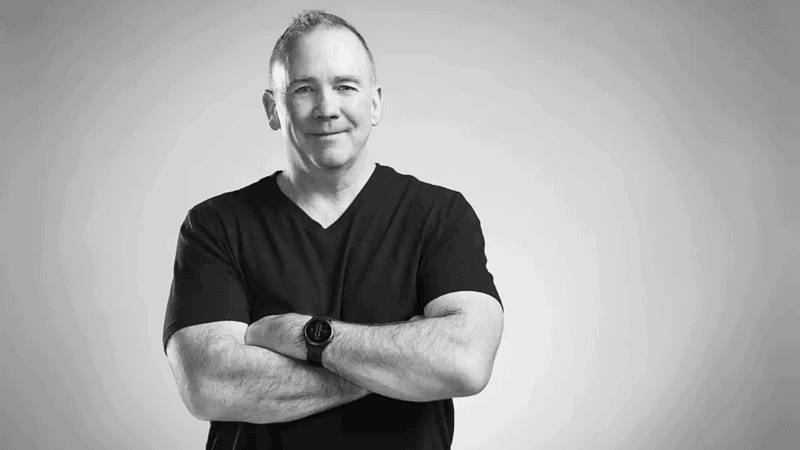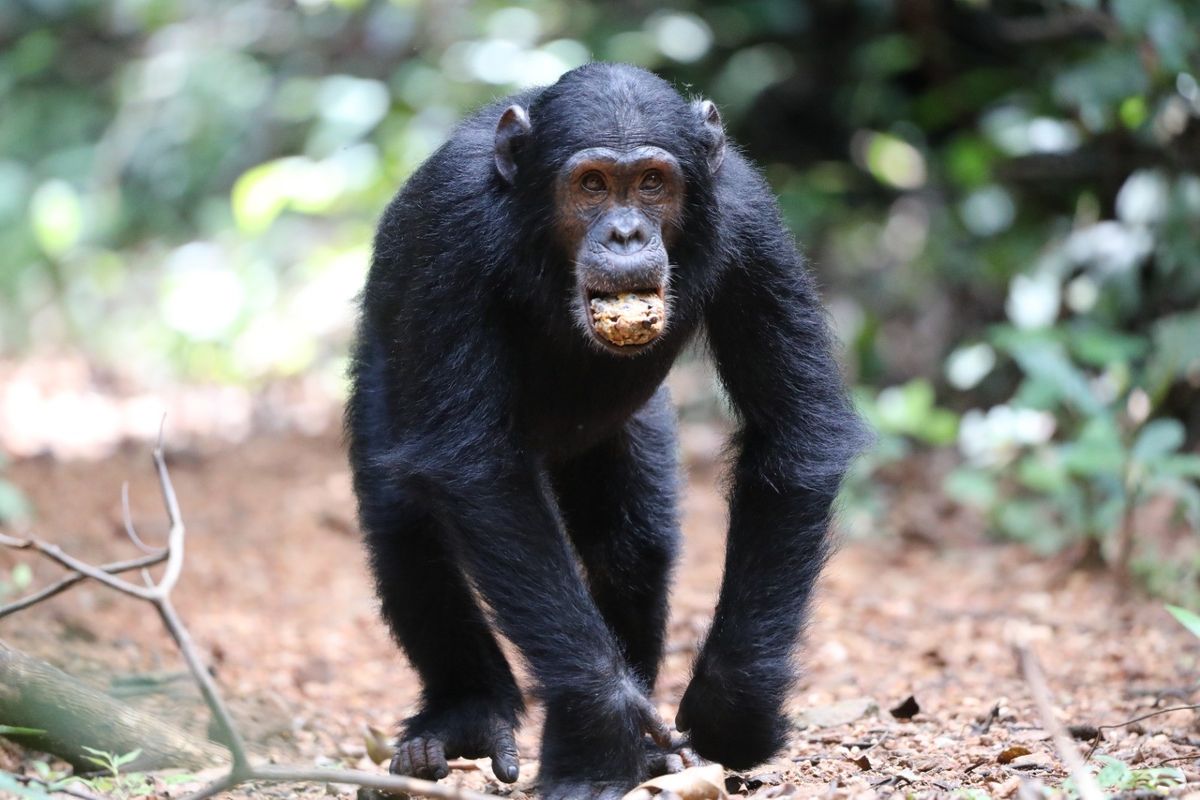It turns out the thing that characterized Pete Parsons the most was hiding in plain sight.
Marty O’Donnell made some interesting revelations about Bungie’s CEO, Pete Parsons.
In an interview with YouTube channel The Act Man, Marty got to talking about his time in Bungie. He shares so much insight that we can’t share it all here, but we think everyone will want to know about what he says about Pete.
For those who don’t know the name, Marty is best known for having composed the scores to the Halo games and the first Destiny. In fact, Marty was also a board member in Bungie, and was front and center when management made a lot of changes. He was fired by Bungie in 2014 and successfully sued for unpaid wages and stock ownership.
While Marty clarifies that he doesn’t know what happened since he left the company, he was ‘not surprised’ by the things he saw Pete and Bungie did in the last few years. And the big thing he wanted to debunk in this interview was this idea that Pete Parsons had been an executive in the company for 20 years.
Marty first met Pete when he was still working in marketing for Microsoft. Pete demonstrated to Marty that he was a ‘big fan’ of what Bungie were doing, and saw the potential in it. Marty considers Halo to have been a partnership between them, Pete, and Ed Fries, the one Microsoft employee he considers to have been Bungie’s protector.
ALSO READ Beetlejuice Coming to MultiVersus Next Week
In this period where Bungie worked with Ed and Pete, Pete was listed as executive producer and studio manager for Halo 2 and 3. Marty reminded his host about the ‘horrible’crunch that the studio went through making Halo 2, under Pete’s supervision.
Marty also cited an incident where Pete told him that they were not going to follow through with making Halo 2 ports for Mac and Windows, calling it a business decision from Microsoft’s executives. As Marty put it, that was a red flag for him for Pete Parsons.
When Ed Fries left Microsoft in 2004, Pete approached Bungie, and as Marty put it, sold them on how much he wanted to run a creative studio. Pete also claimed that he could handle their business problems, and cited his connections with Microsoft.
A year later, Pete was officially Bungie Studio Manager for Microsoft. Bungie was not too happy with how they were compensated after Halo 2’s success, and were already negotiating to leave the company. Pete was talking to Microsoft on Bungie’s behalf, and threatened to quit Bungie if Microsoft didn’t accept their terms.
ALSO READ Best Horse Games For The Computer
In the negotiations, Microsoft asked to only talk to Bungie employees who did not quit or threaten to quit. Bungie talked about who would go to negotiations, and while they appreciated Pete’s help, they didn’t fully trust him.
Bungie would ask Pete to go ahead with his resignation, and even threw him a going away party. Marty then claims he would later find Pete was still working at Microsoft’s executive office after all. As best as we can tell, at this time Pete may have been working at a social marketing company called Fyreball, which had Microsoft as one of their clients.
Because of Pete’s exit, he was not part of the production of Halo 3. We know that Pete returned to Bungie in 2008 as their director of marketing. Marty says that it was Harold Ryan, who was Bungie CEO at this time, who brought Pete back in to take this position. Marty was actually doing marketing for them before this, and was responsible for the countdown timer snafu.
Marty finally confirmed that Pete was part of negotiations with Activision when it came to Destiny. Bungie did not fully trust Pete in his earlier tenure in the company, with some of Bungie’s other managers referring to him as ‘playing both sides’ between Bungie and Microsoft. There was hesitancy within Bungie to bring him back as well. But as Marty pointed out, Bungie’s culture around its management had changed significantly, after its founders left through the years.
ALSO READ Rumor: Xbox Can’t Really Promote That COD Black Ops 6 Is Day One Game Pass
Marty characterizes Pete Parsons, who was voted as Bungie’s CEO in 2016, as representative of the company culture in Microsoft itself, at least when Bungie was still working with them. While Marty primarily focused on clearing up the facts about Pete’s involvement with Bungie, he also creates a curious picture of the executive that no one realized existed. And this former Microsoft executive successfully sold Bungie to PlayStation to the tune of $ 3.6 billion.
The rumor mill has itself come around; accusing Pete of making impossible promises to Sony about Bungie in terms of profits, and that Sony already sees Bungie as a failed investment. It’s illuminating to realize, then, that Pete Parsons wasn’t actually part of the ride this whole time, but was someone who was starting to change Bungie years back, and had succeeded in doing so so well that he brought them to where they are today.
You can watch the interview with Marty O’Donnell below.





